A plain t-shirt makes the perfect canvas for some creative machine embroidery. But, embroidery and applique on a t-shirt can be intimidating if you’ve never tried it before. T-shirts obviously stretch, but embroidery designs do not. And, what about placement? Where exactly should you place the design on the t-shirt, and how do you make sure it is straight?

Whatever your concerns may be, it’s time to face your fears and master stitching out embroidery and applique designs on a t-shirt.
Expand your embroidery world and have fun doing it with our new & improved Fun Effects Embroidery Course by learning 14 popular techniques to skyrocket your creative potential.
Why Master Embroidery On A T-shirt?
Embroidering on a t-shirt is the perfect project for a beginner. T-shirts are cheap and readily available. So, if you mess one up, you aren’t out much and they are easy to replace.
Personalized t-shirts make great kids gifts. I can’t even count how many silly, personalized birthday shirts I’ve stitched out on my embroidery machine. Appliqued birthday crowns with a single initial is a great gift for a little girl, and embroidered t-shirts make an equally awesome gift for little boys. I’ve stitched out weird robots, superhero symbols and crazy birthday numbers on t-shirts and they are always well-received. To make the shirt even more special and personalized, I always add the kid’s name.
If you are considering starting an embroidery business, mastering embroidery on t-shirt fabric is a must. Many companies and organizations want branded, embroidered t-shirts and polos for their employees. And corporate customers tend to be higher volume customers than the mom who wants a single birthday shirt for her kid, so it can be quite lucrative to be a pro at stitching out embroidery designs on t-shirts.
Where To Buy Blank T-shirts
The source I use for my t-shirts is highly dependent on the deadline by which I need to complete the project and where I happen to be shopping. Many common brick-and-mortar retailers carry blank t-shirts; for example, Joann’s, Amazon, Walmart, Old Navy, Target, and even the various dollar stores carry plain t-shirts. One benefit to buying shirts from these retailers is that you don’t have to have a wholesale account.
Getting t-shirts from these stores is fine if the shirt is a gift. But, the downside with sourcing t-shirts from these retailers, especially if you are running an embroidery business, is a lack of consistency. You never know what they have will have in stock which makes reordering problematic.
If you want to be able to offer customers standard sizes, brands, and colors, you should look into companies like Jiffy Shirts, Sanmar, S&S Activewear, or Alpha Broder. Although these companies require you to set up a wholesale account, the selection is gargantuan, the supply is reliable, and the pricing is great. However, you usually do have to buy in bulk to secure free shipping unless you live near one of their distribution centers and can pick up your order in person.
Placement Of Embroidery And Applique Designs On A T-shirt
When embroidering on t-shirts, the two most common spots for placing an embroidery design are over the left breast and a high center. But, finding the optimal placement spot, aligning, and centering the design can be intimidating when you are new to machine embroidery.
Centering a design on a t-shirt is pretty easy. First, turn the shirt inside out. Match the side seams and the seams at the shoulder. Then fold the shirt in half and iron it. Now you have a very visible vertical line down the center front of the shirt on which you can center the design.

Next, you need to decide how high to place the design on the t-shirt. If you are embroidering on a baby onesie, the top of the design should hit about 1.5” from the center front of the neck hole. With larger shirts, the top of the design should fall farther from the center front of the neck hole, about 2” for kids’ t-shirts and 3” for adult-sized t-shirts. Locate the center point of the design by dividing the design height in half and adding that distance to the distance from the neckline.
For example, if you are stitching a design that is 5” in height on a kid’s t-shirt. The center point would be 2” + 2.5” = 4.5” from the top center edge of the neck hole.
Identifying the center point of a design intended to go over the left breast is pretty simple as well. Again, turn the t-shirt inside out and find the center by folding the shirt in half. Once you have the center line established, the center of the design intended to go over the left breast should fall between this fold line and the left shirt sleeve seam.
So, create another vertical fold line to serve as your center line by aligning the original fold line and the side seam. Your new fold line will lie in between these two lines. The top of the design should be about 5” from the highest part of the shoulder seam for a women’s shirt and about 7” for a men’s shirt.

Once I’ve identified the center point of my embroidery design on the t-shirt, I mark it with a pin, sticking the pin through the t-shift front to back.
One of the best investments an embroiderer can make is a quality hooping station. They ensure your placement is both consistent and straight. Anyone who embroiders repetitive items or runs embroidery as a business should consider this one of the first investments after a machine and software.
We both promote and sell the Echidna Hooping Stations as we’ve found them the easiest to set up and use. They’re also friendly to all machine brands, both home and commercial. Because they work on the principle of magnets, even the new magnetic hoops can be used with ease.
Hooping Silks and T-shirts
Hooping delicate and stretchy items can be challenging to master. With both silks and Tees, if the hoop is too tight, then it will cause hoop burn, and if it is too loose, it can cause distortion and movement within a design. This is why learning how to “pre-set” your hoop will cut down on both of these scenarios. Here is a featured YouTube video that show exactly how to “pre-set” your hoop.
If you hoop the item loosely, then the tendency is to tighten the screw within the hoop; this is a no-no on delicate items as it will leave hoop burn. Hoop burn can be fixed if it’s not too drastic; using steam and a soft brush can most times remove the marks from an item being hooped too tightly.
One thing I strongly suggest is not hooping stretchy items and then pulling on the material to make them flat. When you pull on the fabric, you are distorting the fabric that is within the hoop. If you do this after it embroiders and you take the item out of the hoop, you will notice a lot of puckering.
The main reason this happens is that you’ve stretched the item. This is why many embroiderers choose to float items like this as opposed to hooping them. The negative side of floating is when designs have a high stitch count and lots of fill stitches, registration issues can easily occur.
With the development of magnetic hoops for both home and commercial machines, I feel they can alleviate the issues that can occur and give embroiderers the best of both worlds.
Floating Silk Shirts: How to align the t-shirt on the stabilizer
When dealing with thin or sheer materials, like silk (if you’re doing something like a Tommy Bahama shirt), it can sometimes be best to float the material to avoid hoop burn on the fabric. Floating the t-shirt on the stabilizer means that you hoop the stabilizer, not the garment. So, start by hooping a piece of tear-away stabilizer. I personally like adhesive-backed tear-away stabilizer, but you can also use regular tear-away and spray it with some temporary adhesive to keep your t-shirt in place. After I have the tear-away hooped, I mark the center point on the stabilizer and extend the lines out horizontally and vertically to the edges of the hoop.
Next, cut out a piece of cut-away stabilizer slightly larger than your embroidery design. Spray it with temporary adhesive and stick it to the inside of the t-shirt, centering it over the center location of the design that you marked with a pin. Then draw the horizontal and vertical lines intersecting the center point of the embroidery design. Your objective is to match these lines to the lines you drew on the stabilizer.
To properly position the shirt on the stabilizer, keep the shirt inside out. Fold the shirt along the vertical line that you pressed with your iron. Now, align this fold along the vertical line you drew on the stabilizer, also lining up the horizontal line on the t-shirt with the horizontal line of the hooped stabilizer. Finally, smooth the t-shirt in place.
Tips For Embroidery And Applique On A T-shirt
Proper placement and alignment are not the only factors that will affect the quality of your finished product. Here are a few other tips that will improve the outcome of your project.
- Use an appropriate embroidery needle. A ballpoint needle is your best bet when embroidering on a stretch fabric like a t-shirt, because it gently pushes away the fabric when stitching as opposed to shearing it.
- Use a water soluble topper for a more polished result. While you may only think to use a water soluble topper when stitching a very nappy fabric like a towel, adding a topper can also improve the look of your stitching on a t-shirt.
- Pre-wash applique fabric before stitching it onto the shirt. T-shirts are made of a knit fabric, and applique fabrics are typically a cotton broadcloth. A cotton broadcloth shrinks quite a bit, but a knit does not. So, you definitely want to wash and dry the applique fabric first to allow it to shrink. If you don’t, the applique fabric will shrink while stitched to the t-shirt, and it will bunch up and not lie flat.
- Apply HeatnBond to the applique fabric. The HeatnBond will help the applique design stay in place prior to tacking it down. It also keeps the applique fabric from unraveling around the outside edges.
- Use Cloud Cover to soften the inside of a t-shirt. The back side of an embroidery or applique design can be irritating when it is in direct contact with the skin. Could Cover is a product that you iron on the back of the design to cover the scratchy stitches. I use it any time I embroider on a baby onesie because a baby’s skin is about as sensitive as you can get.
- Print out the embroidery or applqiue design to scale to help with placement. When you are working with large designs such an applique, it can be tricky trying to figure out how high to place the design on the t-shirt. Most embroidery software will allow you to print out the design to scale. Once you print it, trim it up then position it on the t-shirt and mark the center point with a pin.
How To Embroider A Pocket: Fun projects to make with a t-shirt

Looking for a fun project to get started embroidery on a t-shirt? There are tons of fun applique designs to stitch on a t-shirt for just about any holiday or special occasion. However, one project that is appropriate for any time of year is adding a whimsical pocket to a t-shirt. It’s a great way to coordinate a t-shirt with a custom-made shorts, skirt or pants. You simply use a scrap of the bottom fabric for the pocket and stitch it on a coordinating colored t-shirt.
The Embroidery Legacy website has a few different pocket t-shirt designs.
The process for making a pocket t-shirt is quite simple if you follow the enclosed instructions, which are excellent. First you stitch out the pocket using one embroidery file, then you attach it to the t-shirt using a second embroidery design.
Another fun thing about embroidering pockets it that you get to choose the fabric you use. This allows you to easily dress up or dress down any shirt to your liking.
Here’s a quick video showing you how to embroider pockets using Embroidery Legacy designs as well:
If you are making several pocket t-shirts, I would stitch out all the pockets first, then attach all the pockets to the t-shirts. This is because you need to stitch out the pockets on tear-away and no-show mesh stabilizer. After completing one pocket you can patch the stabilizer with a smaller piece then move on to the next one. You will use regular tear away and cut away stabilizer when as previously described when attaching the pocket to the t-shirt.


More Embroidery Legacy Pocket Designs
Looking for more easy to embroider pocket designs? Of course, not all of Embroidery Legacy’s embroidery pocket designs feature a cute embroidery design with them. Here are some of our other embroidery pocket designs:
For as long as I’ve been doing machine embroidery, I’ve actually never made a pocket t-shirt like this. And, I was pleasantly surprised by how well it turned out. The pocket topper designs are perfect for kids. So, if you are looking to get some experience embroidering on t-shirts and know some children who would look cute in a pocketed t-shirt, this could be the perfect opportunity.
Good luck and happy stitching!
P.S. Don’t forget to learn the secrets, tips & tricks behind the most popular embroidery techniques and have fun doing it with our new & improved Fun Effects Embroidery Course.

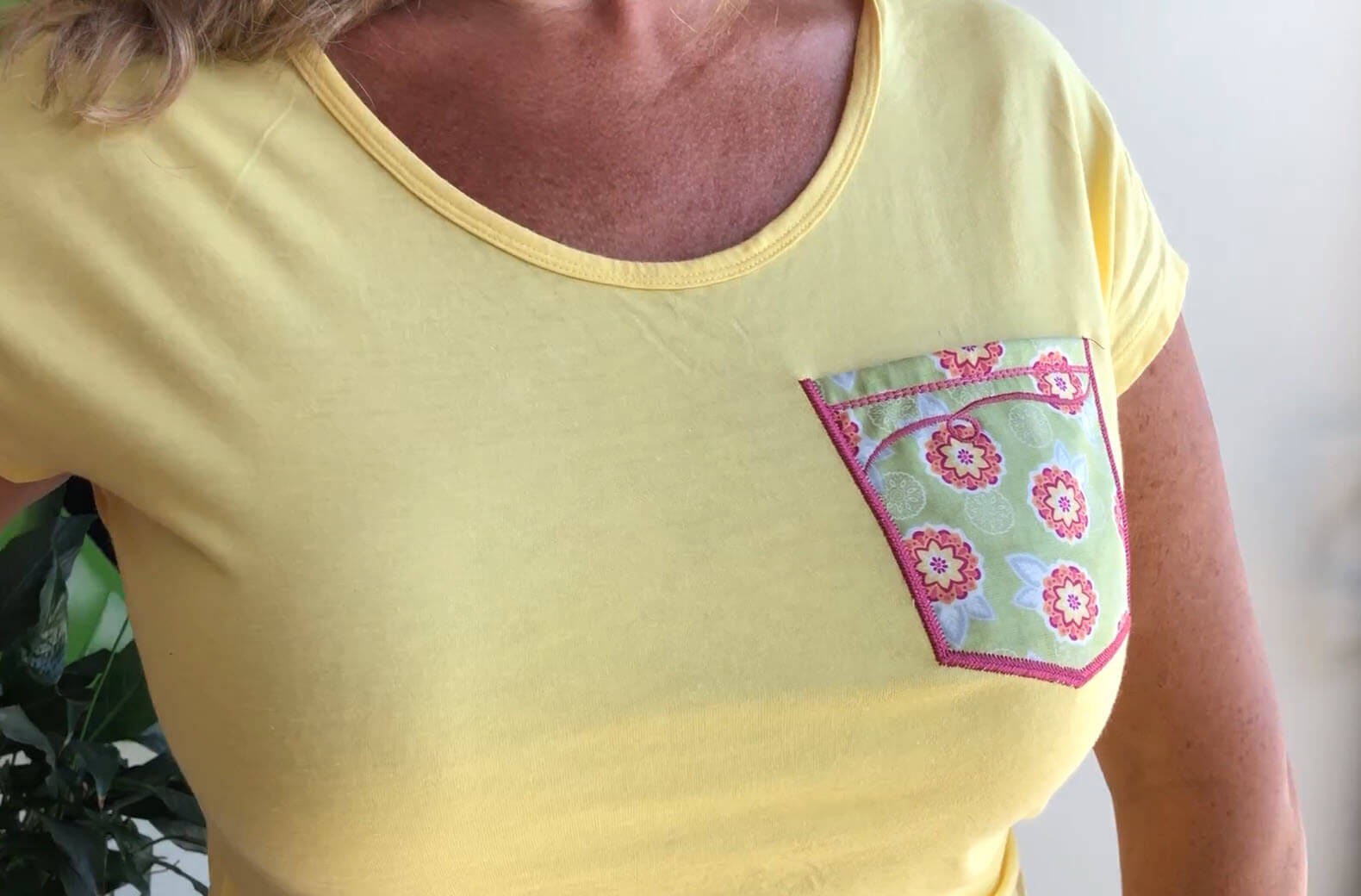
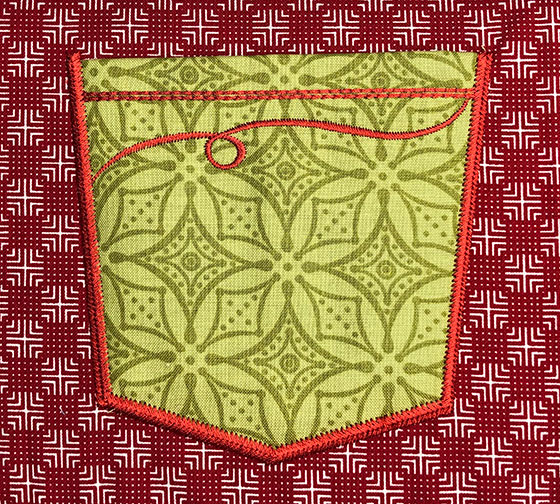
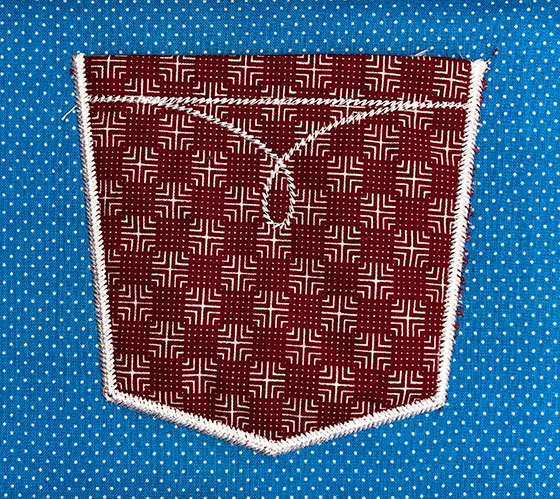
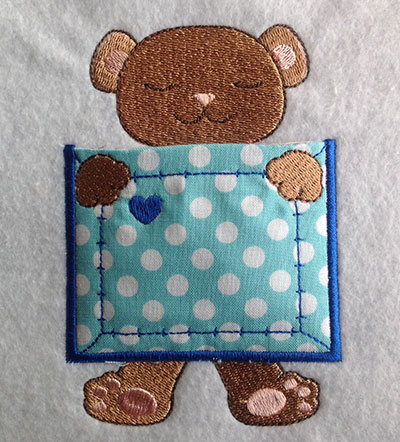
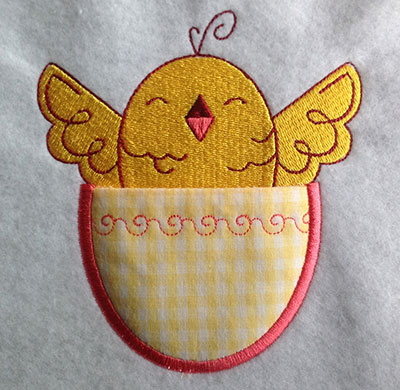
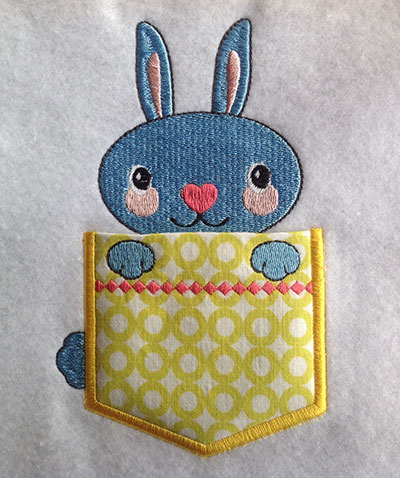
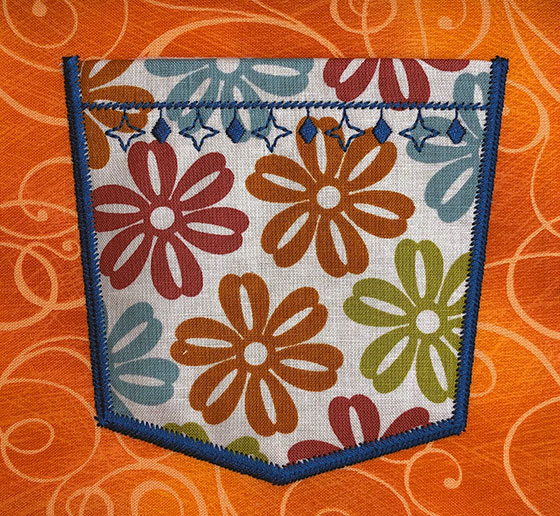
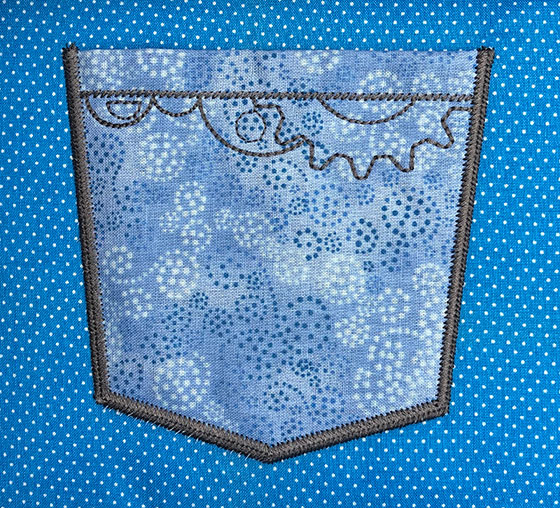
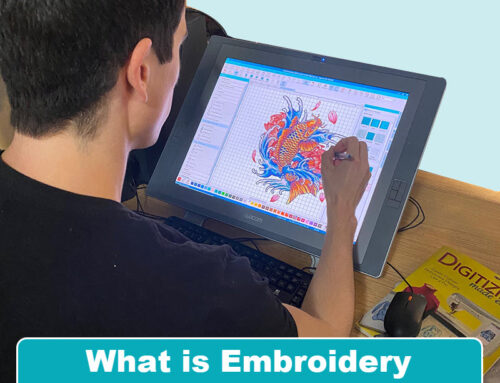
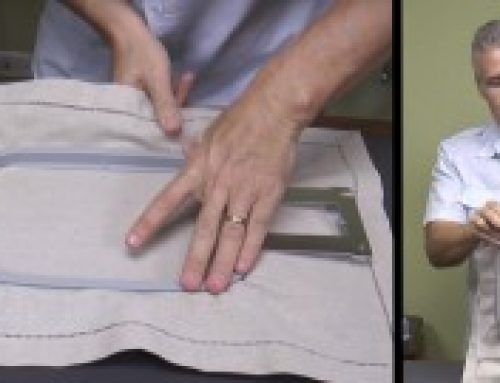

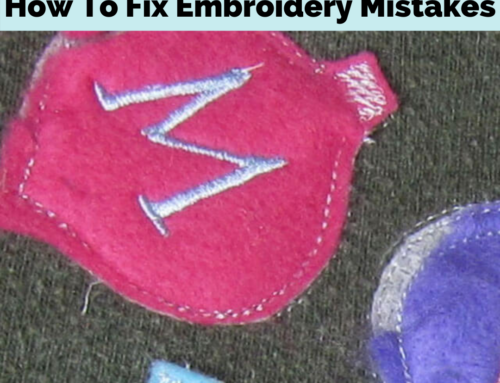
I have been a dressmaker for at least three decades and have sewn many a pocket to a garment, but my embroidery machine, I have only had for two years. This video showing Legacy Embroidery Pocket Designs is like a breath of fresh air. I can pre make my pockets in any colour or design and then when the opportunity arises, use them to instantly stitch on a garment. They are neat, quick and a pleasure to make, thank you Embroidery Legacy.
That’s wonderful Gill, happy to hear the pocket designs are making your job easier!
Thanks for the kind words.